
Introduction
Fashion photography is a dynamic and creative field that combines the art of photography with the world of fashion. It involves capturing images that highlight clothing, accessories, and various fashion trends. Fashion photographers play a crucial role in showcasing the latest designs and styles to a wide audience.
The Role of a Fashion Photographer

A fashion photographer's primary responsibility is to capture images that enhance the overall appeal of fashion products. They work closely with fashion designers, stylists, and models to create visually stunning photographs that evoke emotions and capture attention. Their role goes beyond just taking pictures; they need to understand the brand's vision, concept, and target audience.
Skills Required

To excel in fashion photography, certain skills are essential. Firstly, a good understanding of lighting techniques is crucial to create the desired mood and ambiance in the photographs. Additionally, a fashion photographer needs to have a keen eye for detail and composition. They should possess excellent communication and interpersonal skills to effectively collaborate with a team of professionals.
Equipment and Tools
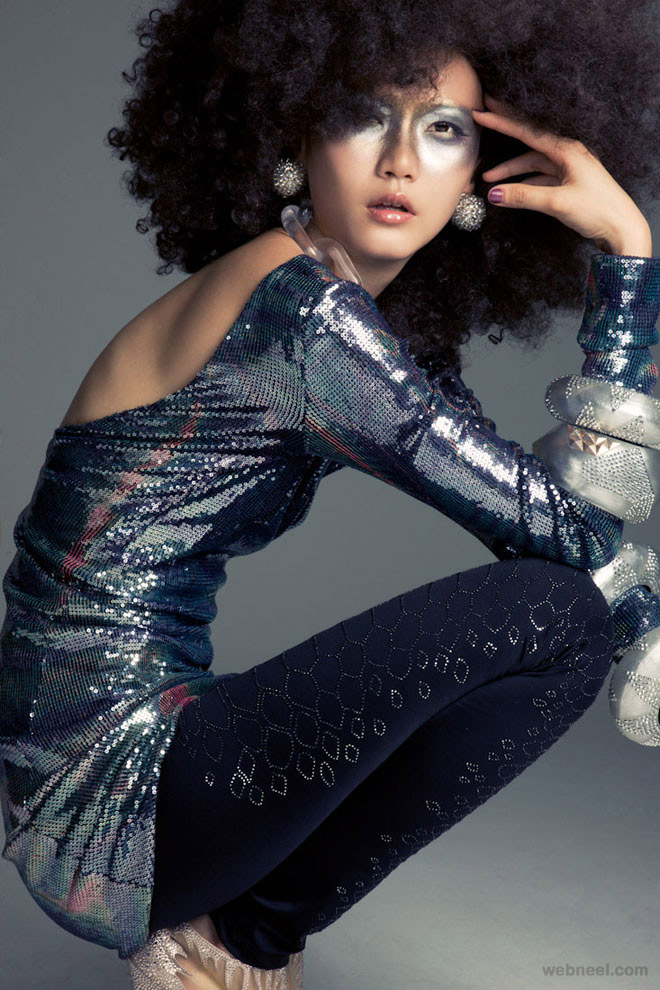
High-quality equipment is vital for fashion photographers to capture stunning images. A professional camera with a variety of lenses, including wide-angle and telephoto, is necessary to capture different perspectives. Lighting equipment, such as strobes and reflectors, helps achieve the desired lighting conditions. Editing software, like Adobe Photoshop, is also essential for post-processing and enhancing the final images.
Fashion Photography Techniques

There are various techniques that fashion photographers use to create captivating images. One popular technique is capturing movement, which adds energy and dynamism to the photographs. Another technique is using unconventional angles and perspectives to create unique compositions. Additionally, playing with shadows and reflections can create intriguing visual effects.
Fashion Photography vs. Portrait Photography
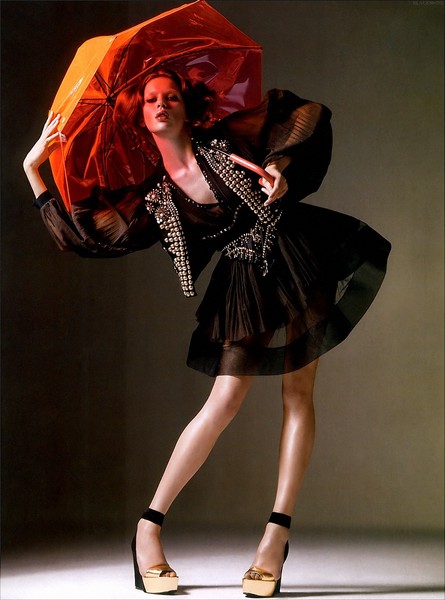
While fashion photography and portrait photography may seem similar, they have distinct differences. Fashion photography focuses on showcasing clothing and accessories, often in an editorial or advertising context. On the other hand, portrait photography aims to capture the personality and essence of the subject. Both genres require different approaches and techniques.
The Evolution of Fashion Photography
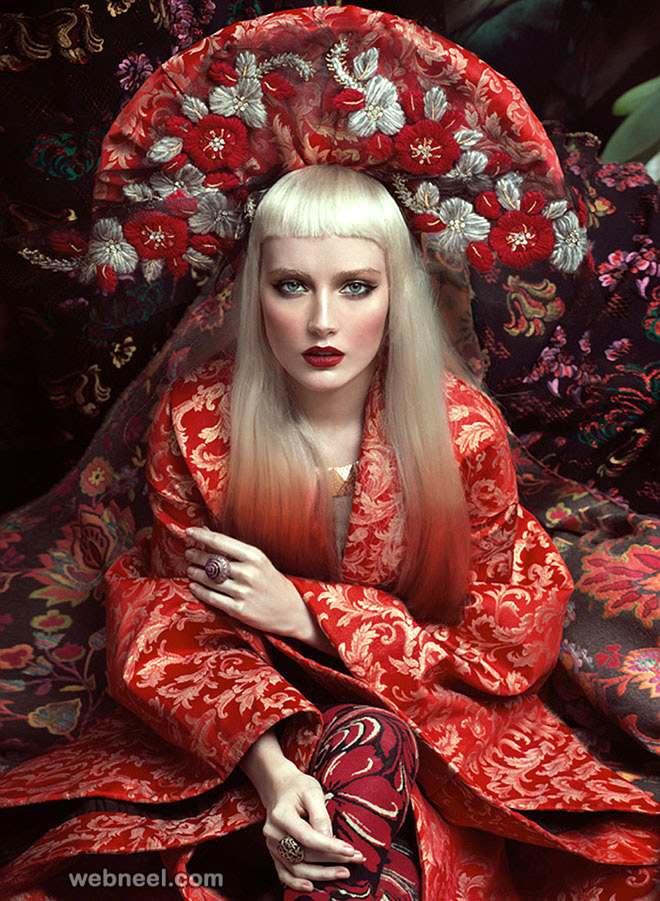
Fashion photography has evolved significantly over the years. In the early days, it primarily involved studio photography with posed models. However, with the advent of street style and fashion documentaries, the genre has become more diverse and inclusive. Modern fashion photography embraces a range of styles, from minimalist to avant-garde, reflecting the ever-changing fashion industry.
Fashion Photography and Social Media

Social media platforms, such as Instagram and Pinterest, have revolutionized the fashion industry and the way fashion photography is consumed. Fashion photographers now have the opportunity to showcase their work to a global audience instantly. Social media has also opened doors for aspiring photographers to gain recognition and collaborate with influential brands and designers.
Famous Fashion Photographers
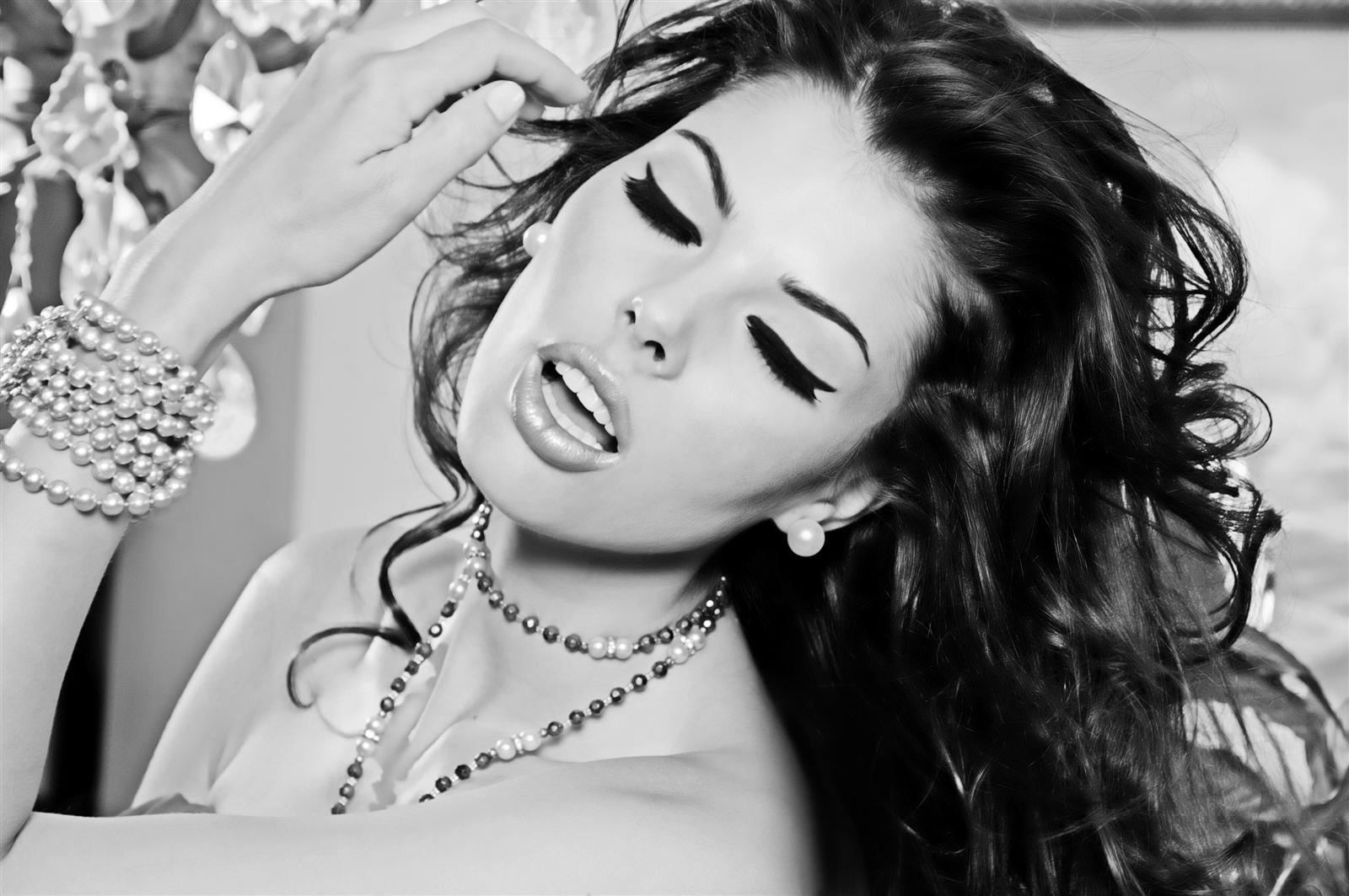
Several iconic fashion photographers have made a significant impact on the industry with their unique style and vision. Richard Avedon, known for his minimalist and elegant portraits, is widely regarded as one of the most influential fashion photographers of all time. Other notable names include Mario Testino, Annie Leibovitz, and Steven Meisel, each contributing their distinct artistic flair.
The Future of Fashion Photography
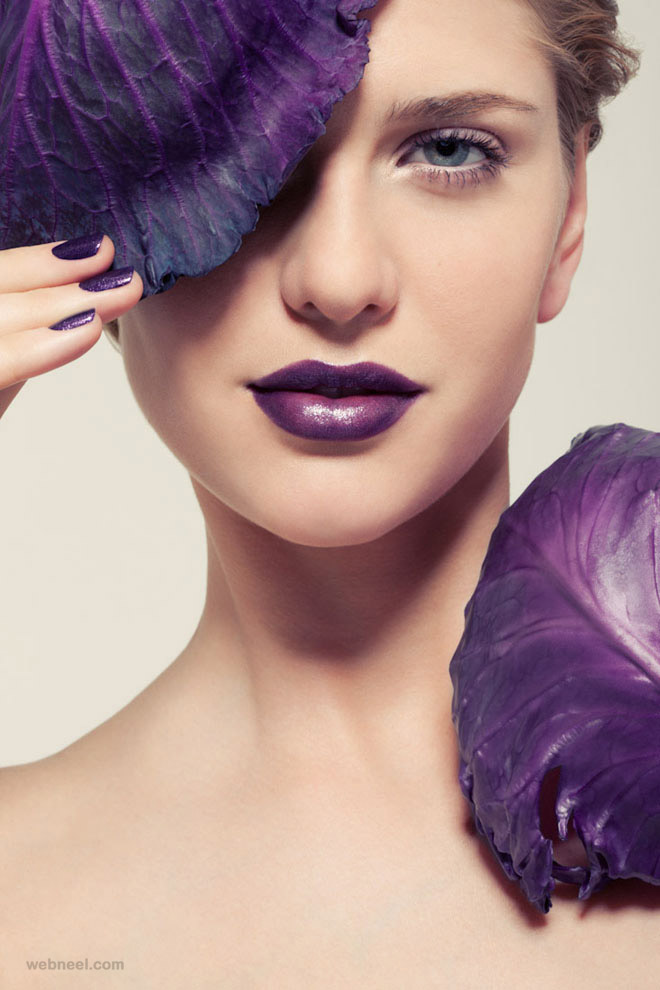
As technology continues to advance and fashion trends evolve, the future of fashion photography looks promising. With the rise of virtual reality and augmented reality, fashion photographers have new avenues to explore and create immersive experiences for viewers. Additionally, sustainability and diversity are becoming more prominent in the fashion industry, presenting new challenges and opportunities for photographers to capture and promote these values.